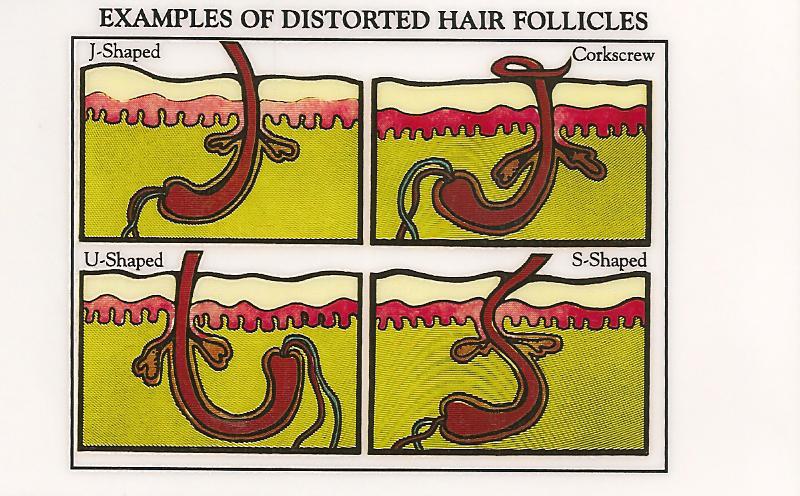Hair Follicles and Regrowth Patterns: What You Need to Know About Electrolysis

Each area of the body has a set number of hair follicles from birth. Most of these follicles are dormant or grow hair that is invisible to the human eye. Once a hair follicle is destroyed through electrolysis, it cannot grow another hair. A new hair only results from a dormant follicle that becomes active. Understanding hair follicle regrowth is crucial for successful permanent hair removal treatments. Depending on the body part, there can be 500 to 1,000 hair follicles per square inch.
Hair Follicle Basics
Hair on the body grows from follicles, which are indentations in the skin. Thick hairs grow from deep follicles, and fine hair from shallow follicles. Each follicle includes a hair shaft (visible part), root (below the surface), and bulb (round part at the tip). The papilla, located at the follicle’s base, is the living organ responsible for hair growth. Electrolysis aims to destroy the papilla to prevent hair regrowth.
Common Misconceptions About Hair Regrowth

Untreated Follicles
Patients often believe hair is regrowing immediately after treatment, but this hair usually comes from untreated follicles. As we have several hundred hair follicles per square inch, new hair can emerge from follicles that were dormant during initial treatments.
Distorted Follicles
Distorted hair follicles do not grow straight down but curl in different directions beneath the skin. A straight electrolysis probe cannot always reach the dermal papilla directly. Treating hair in the early Anagen stage, when follicles are straight and close to the skin’s surface, ensures the probe can effectively destroy the papilla.
Importance of Treating Hair in the Anagen Growth Stage
In the Anagen phase, hair is at its straightest and closest to the surface, making it easier to destroy the dermal papilla. During this stage, the papilla is weak and less mature, requiring less probe insertion and causing less discomfort for the patient.
Exceptions to Regrowth Time
Hormonal imbalances can cause hair to grow at faster rates than normal, requiring medical treatment to slow unwanted hair growth. Once an area is fully cleared within three to 18 months, it is considered completed. However, new hair can grow as the body changes, especially in areas prone to genetic or hormonal influences.
Regrowth Patterns by Body Area
High Follow-Up Needs (Females)
- Chin
- Front of Neck
- Upper Lip
- Cheeks
Moderate Follow-Up Needs
- Chest
- Ears
- Back
- Feet and Toes
- Breasts
Low Follow-Up Needs
- Legs
- Eyebrows
- Arms
- Underarms
- Abdomen
Understanding hair follicles and regrowth patterns is essential for effective electrolysis treatments. At Limoges Electrolysis, we offer comprehensive solutions to address unwanted hair. Book your free consultation today and achieve your permanent hair removal goals with Emily.

